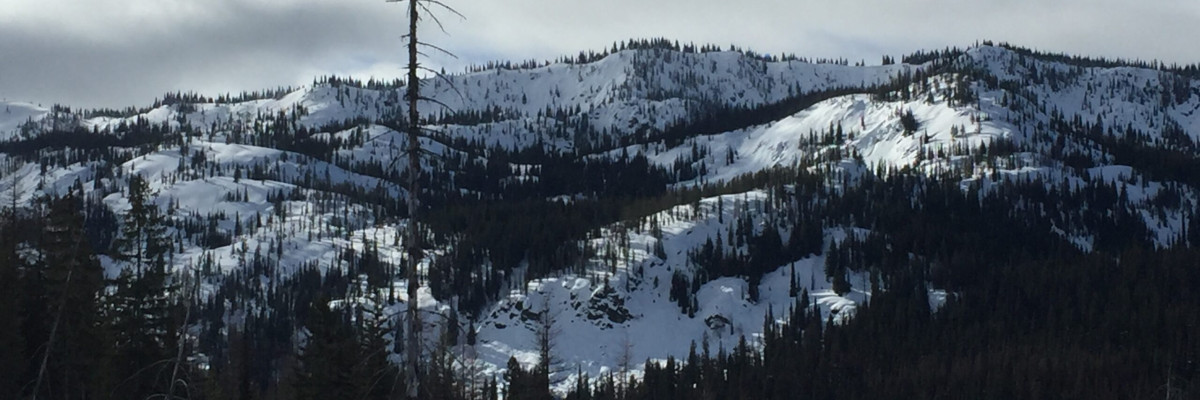Good morning, this is Logan King with the West Central Montana Avalanche Center’s avalanche advisory for Tuesday February 9th, 2016.
The current avalanche danger for the west central Montana backcountry is LOW. Avalanches may be triggered in isolated areas or extreme terrain specifically as solar radiation peaks in the afternoon. This danger rating does not apply to operating ski areas, expires at midnight tonight and is the sole responsibility of the U.S. Forest Service.
Weather and Snowpack
A ridge of high pressure has set up over the advisory area bringing warm day time temperatures. The mild temps have further settled and strengthened the snowpack. Overnight temperatures in the mountains have dropped and are 24-32 degrees across the advisory area. No new snow has accumulated and winds are currently calm at 9mph gusting to 13mph from the South West.
Tim and I rode into the Brushy Fork yesterday and found the snow surface to be warm and wet. Multiple wet point releases were seen on the majority of steep terrain. We also saw rollerballs throughout the day on all aspects. Temperatures will be warm again today and there will likely be significant solar radiation as well, this will lead to more loose snow avalanches. Be aware of the risks of these slides in steep terrain and near terrain traps.
Winds have tapered off following the last storm cycle and the snow surface is getting too dense for transport but windslabs that formed during last weeks storm are still lurking. Pay attention to areas where wind slabs may have formed and evaluate the windslabs carefully. Wind slabs were seen running naturally on friday (public obs) but are strengthening and bonding with time.
Avalanche and Weather Outlook
The forecast suggest high pressure will continue to dominate the region bringing warm day time temps to the mountains and setting up conditions for inversions. There is a chance of a low pressure trough moving in this weekend but it’s a bit early to tell when patterns will shift and bring more moisture to the advisory area. Conditions will settle further while the high pressure lingers around, however wet slabs and cornice failure may become a reality if freezing temperatures aren’t reached overnight.
Travis will issue the next avalanche advisory on Thursday.














